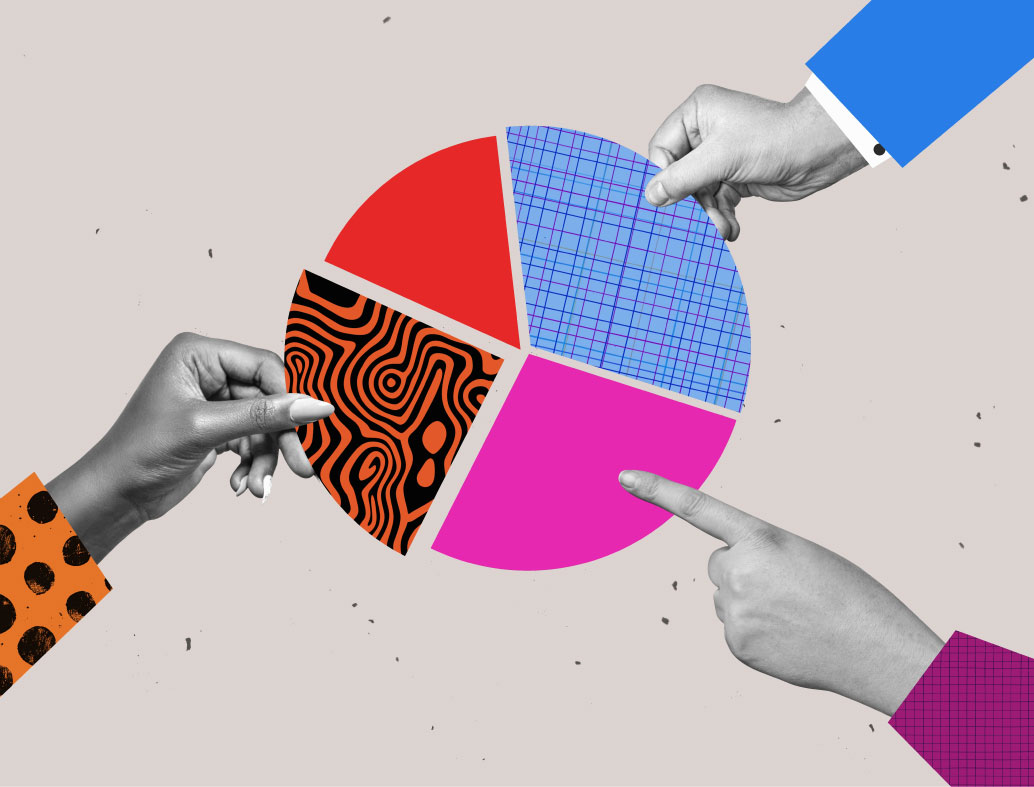With increasingly sophisticated strategies and optimistic projections, the Brazilian retail sector is preparing for one of the most important dates of the year: Mother’s Day. In 2025, the expectation is that the celebration week will generate around R$14.2 billion, a 6.5% growth compared to 2024, according to estimates from the National Confederation of Commerce (CNC).
To better understand the scenario, Daniela Dornellas, founder and curator of Fashion Meeting, a pioneering platform in Brazil focused on promoting events related to entrepreneurship in the fashion market, shares insights on consumer behavior, marketing strategies, and the new requirements to stand out in today’s retail. According to her, Mother’s Day remains the second most relevant date on the retail calendar, behind only Christmas. But more than selling, brands’ mission is to create memorable experiences. “Today’s consumer seeks more than a gift; they want to connect with the brand and experience something authentic. Personalizing the experience and humanizing communication are essential to generate this bond,” she states.
Driven by the post-pandemic and digital acceleration, today’s consumer has different expectations. “Today, we are driven by narratives that value sensory experiences and emotional connections. Retail needs to be immersive and offer experiences that truly make an impact,” emphasizes Daniela Dornellas.
With the intense movement that the date demands, retailers have been investing in meticulous planning based on data from the previous year. ‘Stock management, logistics, and team need to be thought out in advance. The use of data is essential to avoid stockouts, optimize routes, and ensure efficient service at the point of sale,’ she emphasizes. Data analysis and CRM use are also indispensable allies for successful sales. ‘Based on data, the retailer can optimize the store layout, control inventory more accurately, and create personalized offers that truly make sense to the local audience,’ says Daniela.
Thematic campaigns, special collaborations, and the use of artificial intelligence are already a reality in the sector. ‘Influencer marketing, mobile advertising, and actions that portray motherhood in a real way have gained prominence. Furthermore, virtual fitting rooms and capsule collections have been bets to connect innovation to emotion,’ points out Daniela. Now, in the omnichannel environment, the shopping experience becomes continuous, fluid, and integrated. ‘The customer can start the online journey and finish in the physical store or vice versa, without losing personalization. Consistency between channels is indispensable,’ she explains.
The most sought-after categories that continue to be popular during the date are fashion, beauty, and technology. In particular, Daniela highlights the rise of wellness fashion, which combines comfort, functionality, and sustainability, reflecting the new consumer values. The future of retail is moving towards the consolidation of unique experiences, cutting-edge technology, and social responsibility. ‘We are seeing artificial intelligence being used in campaigns, smart fitting rooms, and personalized actions. Technology does not replace humans, but enhances the connection,’ she concludes.








